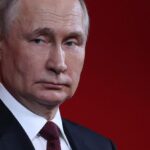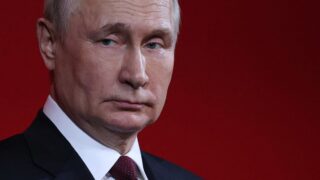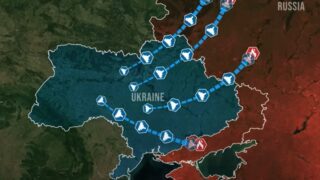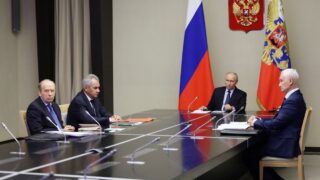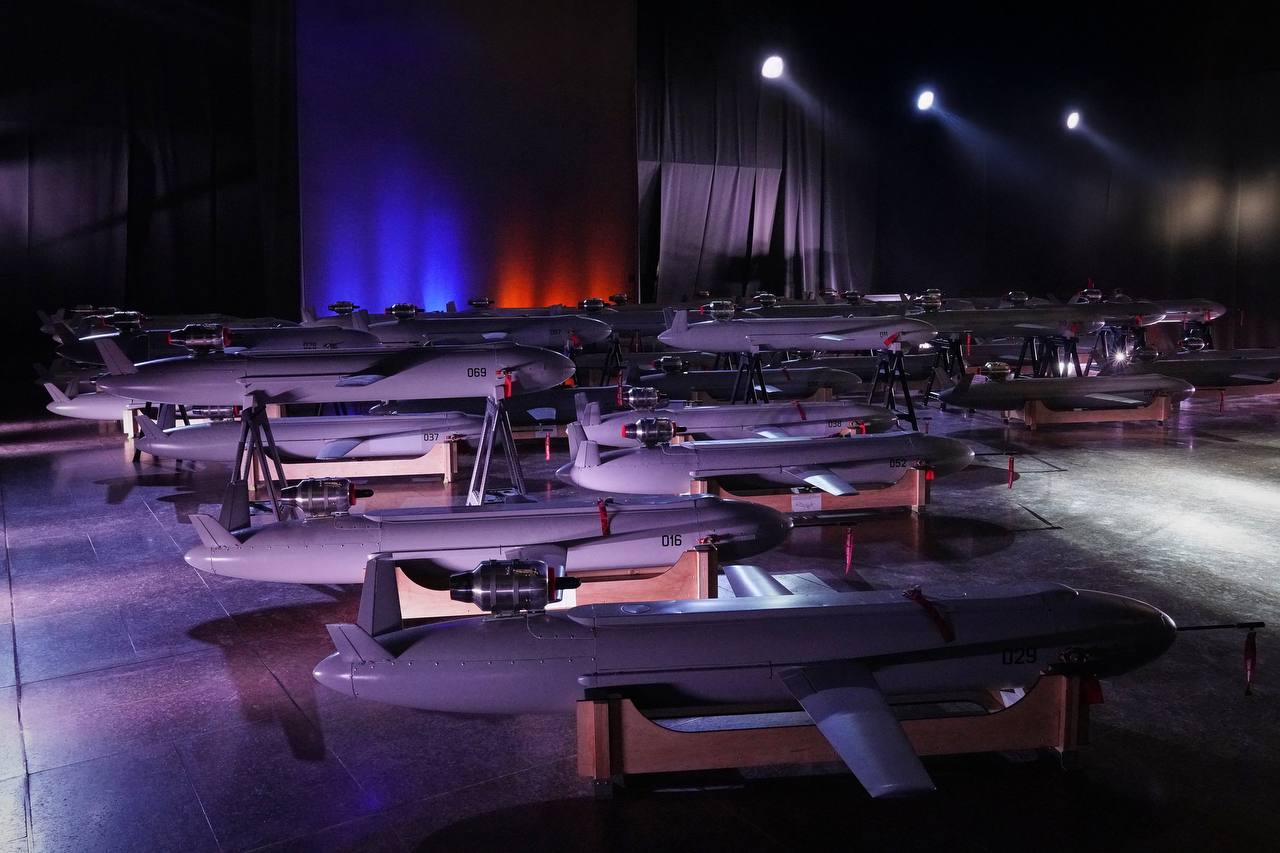
Ukraine aims to set record in drone production in 2025, says Zelenskyy
On 9 January, Ukrainian President Volodymyr Zelenskyy announced his country’s ambitious goal to set a record in drone production this year during the Ukraine Defense Contact Group meeting at a military base in Germany, according to UNIAN.
As of January 2025, Ukraine’s drone industry has reached unprecedented levels of efficiency and output. The domestic production accounted for over 96% of all unmanned aerial vehicles utilized by the military in 2024. Recently, Ukrainian Prime Minister Denys Shmyhal announced that Kyiv aims to produce at least 30,000 long-range drones in 2025. Alongside drones, Ukraine plans to manufacture approximately 3,000 cruise missiles and missile drones this year.
On 8 January, Zelenskyy chaired a special meeting of Ukraine’s top defense leadership, which focused on the production and delivery of drones for Ukrainian forces and the enhancement of electronic warfare capabilities.
“Drones have already transformed the nature of war, but these changes are far from complete,” Zelenskyy stated.
He emphasized that drones are essential for halting enemy advances, minimizing casualties, and maintaining territorial integrity. They enable Ukraine to hold the Russians at a distance and prevent further losses.
“Drone production in Ukraine is more cost-effective than anywhere else. This year, we aim to set a new benchmark in the number and quality of drones we produce domestically and receive from our partners,” Zelenskyy said.
He highlighted Ukraine’s focus on manufacturing drones tailored for frontline brigades, maritime security, and long-range strikes on Russian military infrastructure.
Zelenskyy revealed that Ukraine has already signed a significant number of contracts, with negotiations ongoing for additional agreements.
“I urge all of you to intensify efforts to expand this drone arsenal,” he said during his speech at the Ramstein meeting.
In 2025, Russia’s strategic Ust-Luga port was targeted by drones for the second time in a year. Following international sanctions, this largest maritime commercial facility in Leningrad Oblast has become crucial for Russian oil, gas, coal, and other strategic resource exports, enabling Moscow to fund its military operations despite economic restrictions.
Related:


